SINGAPORE STRAITS + SUMATRA SQUALL = NOT GOOD

Peregrina's Journey
Peter and Margie Benziger
Mon 28 May 2012 07:32
01:11.08N 103:48.65E
SINGAPORE STRAITS + SUMATRA SQUALL = NOT GOOD
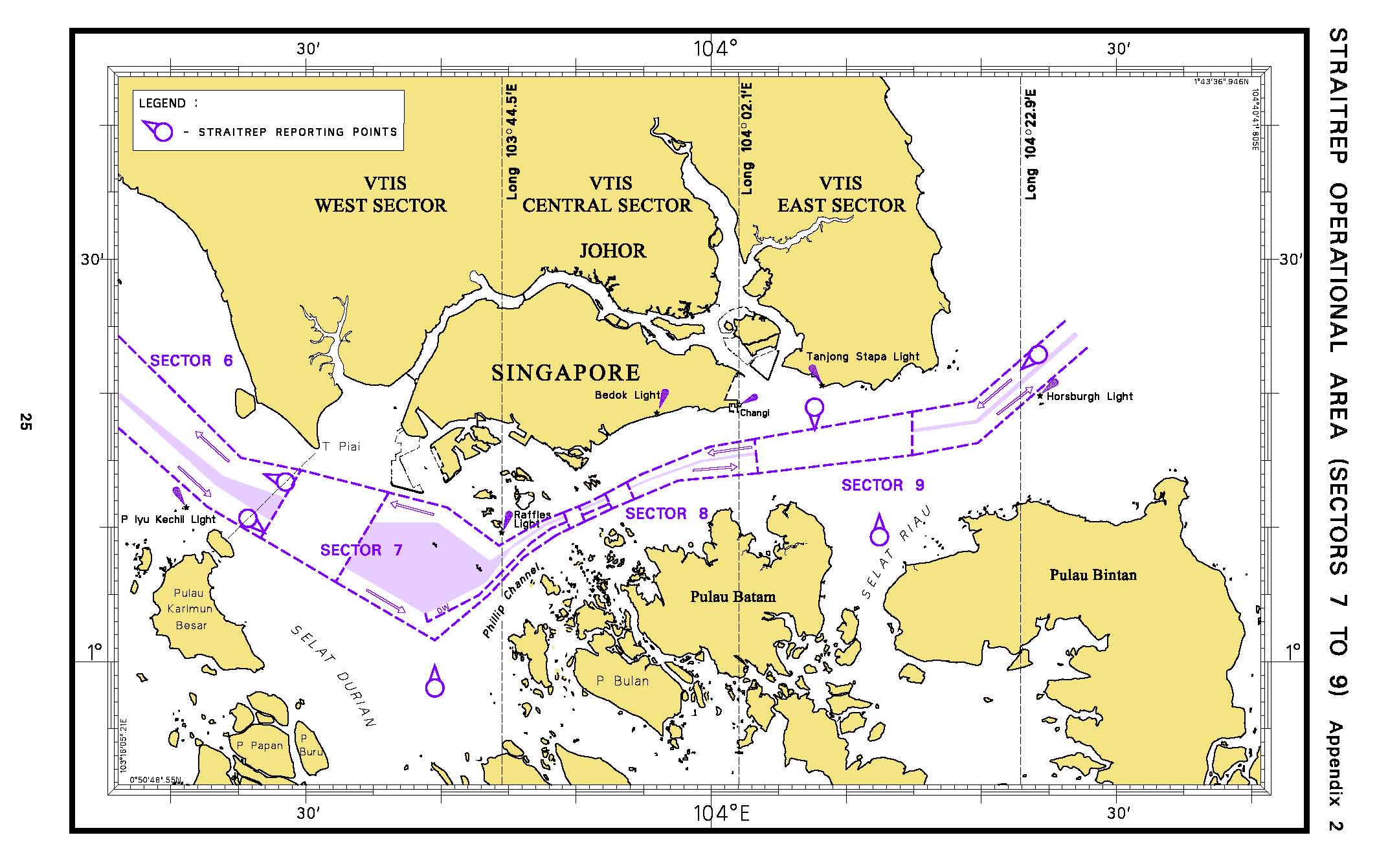
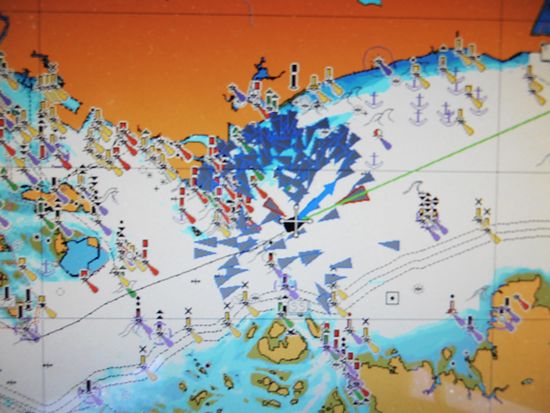
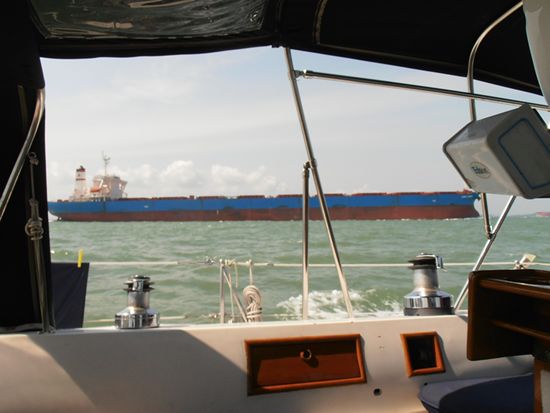
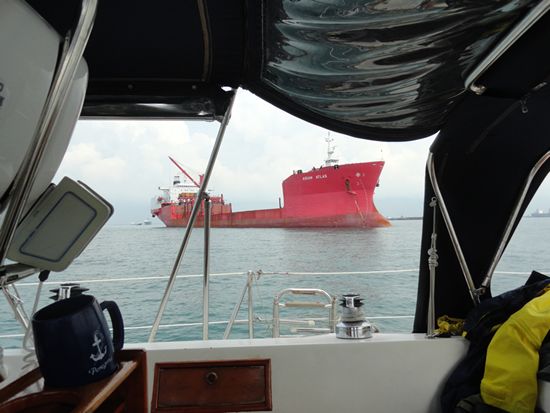
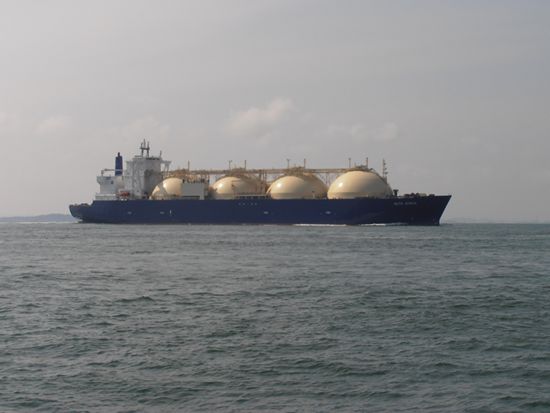
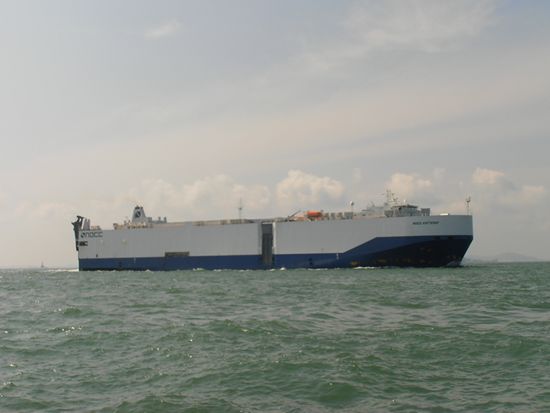
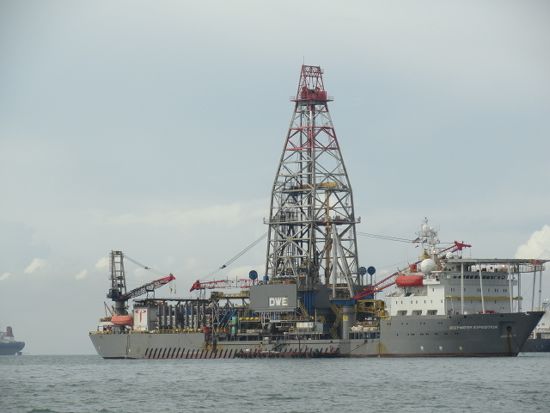
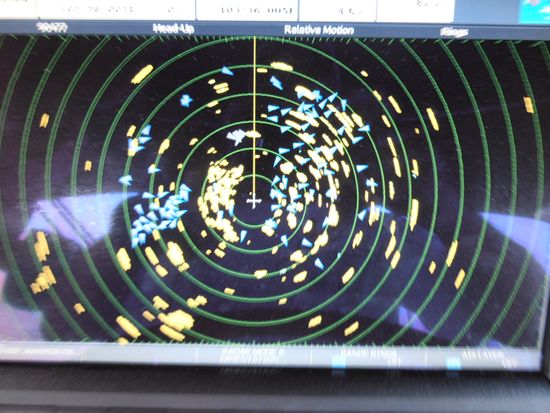
The Singapore Straits is one of the two most important
“chokepoints” in the world. The other one is the Strait of Hormuz, leading out
of the Persian Gulf. Chokepoints are narrow channels along widely used global
sea routes. They are a critical part of global energy security due to the high
volume of oil traded through their narrow waters.
The international energy market is dependent upon these sea
routes for reliable sea transport. The blockage of a chokepoint, even
temporarily, can lead to substantial increases in total energy prices. In
addition, chokepoints leave oil tankers vulnerable to theft from pirates,
terrorist attacks, and political unrest in the form of war or civil hostilities,
as well as shipping accidents which can lead to disastrous oil spills.
At its narrowest point, in the Phillips Channel, the
Singapore Straits is only 1.7 miles wide, creating a natural bottleneck with a
high volume of marine traffic. On average, a staggering 60,000+ vessels transit
the Singapore Straits every year.

This is the story of Peregrina’s recent passage through the
Singapore Straits. But, first a brief history of Singapore:
This strategic island, now called Singapore, was first inhabited
by regional fishermen and pirates, and later became part of the Sumatran Empire
of Srivijaya. European control of the area
began in the 16th century, and in 1819, Singapore was founded as a British
trading colony. At one time, it was the
site of one of Britain's most important naval bases. Malaysia came into being in 1963 when
Singapore and the states of Sabah and Sarawak joined the Peninsular Malaysia
Federation. However, Singapore left in 1965 to become a separate nation which
has become a major worldwide banking, ship-building and petroleum center. This
modern economic powerhouse's seaport
is one of the busiest in the world.
Peregrina had previously crossed the Singapore Straits in
late 2011. At that time, we crossed the Straits at a right angle, directly from
Indonesian waters to the Raffles Marina in Singapore. Then, we headed north along the west coast of
Malaysia to Thailand. Now, six months
later, Peregrina was going to transit the Singapore Straits the long way -
heading West-to-East and passing the whole length of Singapore Island until we turn the corner and sail northward
to the east coast of Malaysia.
Here is a picture of the AIS (automatic identification
system) overlay on Peregrina’s chart plotter. Each grey triangle is a large
ship with an AIS transmitter. Peregrina is the black boat in the center with a cross on it. These ships are either at anchor or moving. You will notice one grey triangle with a slight red outline, directly in front of Peregrina, which means our AIS system has targeted this ship as a pending collision.

Some of the ships are over 1000 feet long and take miles to
turn or stop so you don’t want to get in their way!

There are also some very unique ships



Also at anchor, or moving very slowly around, are large
derricks - some are self-powered and others require tugs to pull them from
location to location.

At any one time, there are around 400 ships at anchor. In addition, there are barges, tugs, small
lighters, military vessels, custom vessels, pilot boats, passenger ferries etc.
transiting at all angles between the major shipping lanes and Singapore
Island.
Transiting the Singapore Straits was a stressful time for
Peregrina because the commercial ships will not change course, even if
Peregrina has the “right of way.” We are
so small they just don’t care. Thus, the passage is one of constant vigilance, weaving and turning in the near coastal zone
between the shipping lanes and Singapore Island. We did not even consider joining the traffic
in the main shipping channel with large ships doing 17+ knots compared to our 6
knots. Instead, we transited the near coastal route in which the vessels were
going closer to our speed. The challenge was that there were still hundreds of vessels
maneuvering here with less organization than in the main channel and no clear
routes for a “pleasure vessel” to follow.
We had to constantly change direction to avoid collisions.
Sound like high tension?
Well, how about adding a “Sumatra Squall” to the mix? A Sumatra Squall
is named because this type of storm usually develops in
Sumatra and over the Straits of Malacca, before sweeping into Singapore. The
Sumatra Squall can strike up to three times a month during the south-west
monsoon season which is between March and November. Sumatra Squalls can be
extremely violent thunderstorms with high and changing winds, lightning and
heavy rain.
Peregrina was moving eastward, when we
looked back to the southwest, and saw the world disappear. The sun disappeared,
the horizon disappeared and one by one, the ships disappeared. The rain formed
a complete “white out.” We had zero visibility, interspersed by high cracks of
lightening and thunderclaps. All the while, there were still very large, very
hard, steel ships sailing in the area which could sink us and not even know it!
Plus, we had to be on the lookout for
the hundreds of smaller fishing boats and personal watercraft cruising along
the coastline. I turned on the radar and overlaid the radar image with the AIS
signal on the plotter. This is a picture.Peregrina is in the center.

Radar is our eyes when we can not see. It is less effective in the rain
but, at least, it helped us identify the smaller boats that don’t have AIS. For almost 45 minutes, we dodged anchored vessels,
vessels coming from behind, coming from in front and others crossing our path
at angles. To say it was un-nerving would be an understatement. Our little
fiberglass Peregrina was not build to play in the same playpen as these behemoth!
Finally, the lightning strikes moved
ahead of us and the thunder seemed further away. Slowly, the clouds began to
lighten and the rain diminished, allowing the sun to shine through. A few of our brown hairs had turned to grey during
the passage but, as we rounded the southern tip of Malaysia and left the Singapore Straits traffic
behind, large white smiles extended from ear to ear and the blue azure waters
beckoned Peregrina onward.